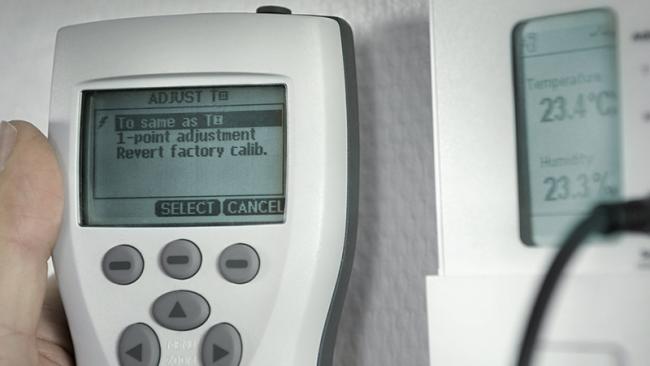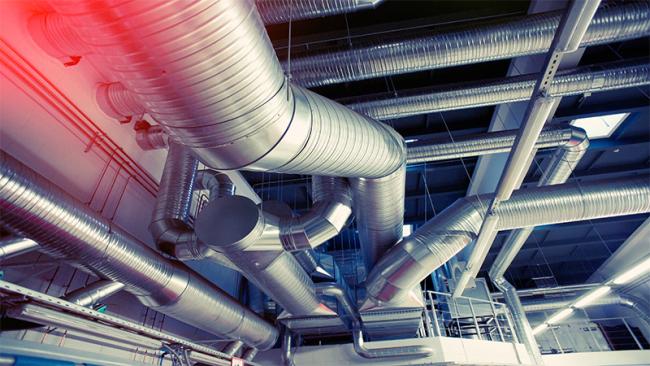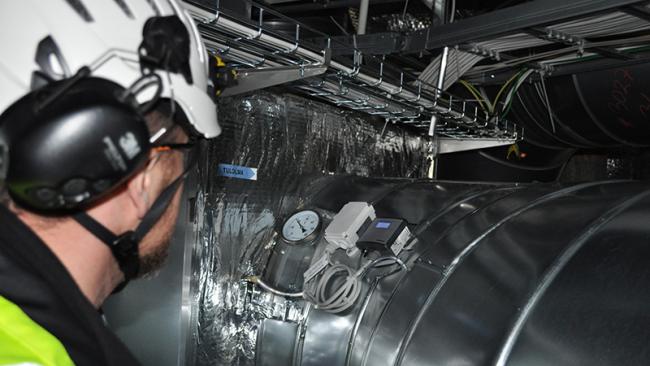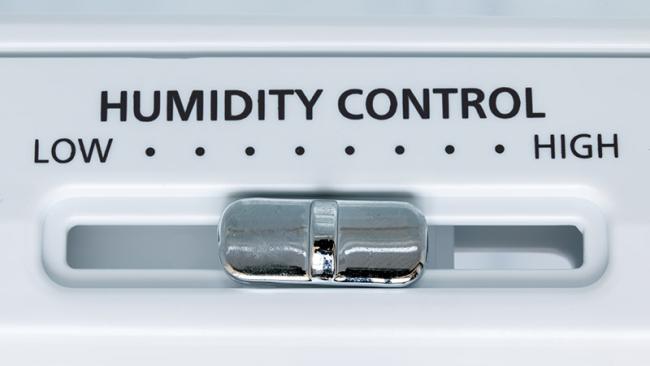
Indoor Air Quality Monitoring
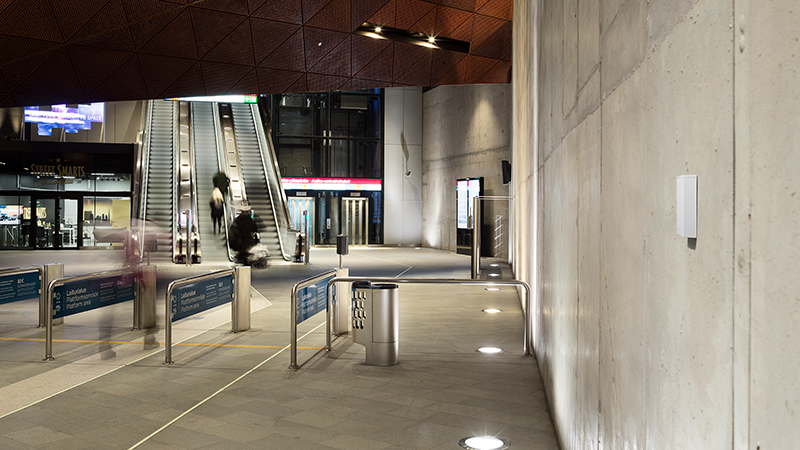
Ensuring optimal indoor air quality for comfort, health, and energy efficiency
While Indoor Air Quality (IAQ) is a versatile phenomenon, trusted sensors for CO₂, temperature, and humidity are essential to ensure comfortable, healthy yet energy-efficient indoor conditions. Human comfort, health security, and the proper operation of ventilation systems are closely related to good indoor air quality.
Indoor air quality monitoring is critical for maintaining the balance of well-being and energy efficiency, especially in public spaces like hospitals, hotels, conference centers, office buildings, shopping malls, airports, and other buildings where people gather. Regardless of building type, accurate data on indoor air quality in terms of CO₂ concentration, temperature, and humidity levels in particular, empowers your building automation and HVAC systems to operate in an optimal way.
What is the future of ventilation? Register to watch the expert viewpoints by Professor Emeritus Olli Seppänen from Aalto University, Finland and Vaisala's global product manager Anu Kätkä on air quality, health security and sustainability.
How does humidity affect indoor air quality?
Low relative humidity indoors results in human discomfort. Headache, irritated eyes, sore throat, and dry skin are all symptoms of a dry indoor environment. Dry air lowers the natural defense against airborne infections and makes people vulnerable to the attack of viruses and other micro-organisms. In addition to the problems associated with low humidity, too high humidity can also cause problems. These problems are related to the growth and spread of unhealthy biological pollutants and to the damaging effect of moisture on construction materials.
Typically, humans are less sensitive to humidity than temperature. People generally fail to associate discomfort and potential health problems with variations in relative humidity. This is where good technology can support the human senses. Reliable humidity measurement is a key to successful humidity control.
Do you know what humidity parameter is the best choice in HVAC applications? Watch our free webinar to find out!

How do CO₂ levels affect indoor conditions?
When indoor CO₂ levels rise, cognitive skills, like crisis response, information usage, and strategy, are decreased only to 20% in a 1,400 ppm concentration of CO₂ compared to the normal outdoor level of 400 ppm. Some of the more mechanical skills, like information seeking and task orientation, are not affected much. However, cognitive skills that require more advanced application of information, information is affected the most. Handling more advanced tasks becomes much more difficult when the carbon dioxide levels rise. Accurate measurements and better ventilation are vital to the cognitive abilities of people working in offices.
The European EN standard 13779: 2007 defines good IAQ as follows: “Indoor air quality can be categorized by CO₂ concentration.” This notion sets the foundations to operate Demand-controlled ventilation (DCV) by measuring CO₂ and controlling ventilation accordingly. The standard also sets the normal expectation for indoor CO₂ levels at 400–600 ppm, which is slightly above the normal levels in outdoor air (400 ppm). Modern ventilation systems are built around this supposition to ensure a good enough climate indoors while remaining energy efficient.
In reality, though, this applies mostly to modern offices with modern ventilation systems. Field studies show that regular office conditions have a 1,500 ppm concentration of CO₂, which may seem a very high level, but the regulatory limit considered safe for people is even higher: 5,000 ppm of carbon dioxide over an eight-hour period.
High CO₂ levels also indicate that ventilation is not working as it should. Perhaps surprisingly, CO₂-based ventilation also saves energy: Demand-controlled ventilation systems with CO₂ concentration control can save more than 50% of energy use compared to a constant air volume system.
How you can ensure effective ventilation with trusted data? Watch our webinar about CO₂ for IAQ to learn more.
Comprehensive indoor air quality solutions by Vaisala
Vaisala’s HVAC systems and IAQ sensors monitor the specific parameters you need to know, so you can act effectively with varying conditions and space usage levels. With our technology, all your decisions, whether human or automated, are based on accurate and reliable measurement data, so you can improve safety and operational efficiency. With Vaisala, you can
- Ensure reliable HVAC controls with high-quality measurement data
- Obtain accurate indoor air quality measurements in all seasons
- Optimize energy efficiency while preserving the desired condition for occupants
- Join the future of data-driven building automation management

Why NUAIRE chose Vaisala?
To ensure a cost-effective supply of fresh air, NUAIRE fitted its Smart Squrbo system with Vaisala’s CARBOCAP® carbon dioxide transmitters.
Vaisala carbon dioxide transmitters were selected because of its stability and long life. Stability minimizes the need for calibration and maintenance, helping to reduce the total operating costs of the system.
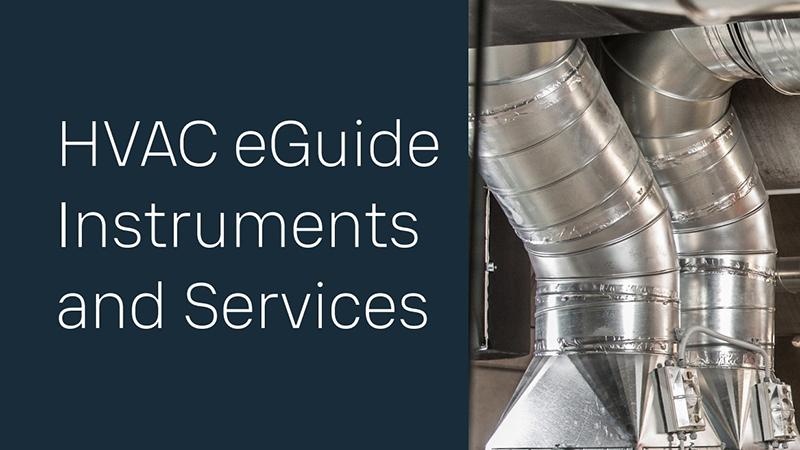
Download Vaisala HVAC eBook
Our most loved eBook is updated with brand new information about HVAC measurements, including humidity, CO₂, outdoor and weather monitoring.
This eBook gives practical advice on measurement functionalities, sensor choices, installing transmitters and much more to HVAC designers, energy efficiency professionals, building automation engineers and others interested in HVAC system optimization.
Easy Installation of HVAC Sensors
For accurate and stable measurements, the wall-mounted Vaisala CARBOCAP® Carbon Dioxide and Temperature Transmitter Series include a number of subtle design features allowing for quick and easy installation and commissioning, which saves installation time and money. They are ready for use immediately - the transmitters will show correct CO₂ readings right after installation without any adjustment period.
How to calibrate Vaisala CO₂ sensor
The wall-mounted Vaisala GMW90 Series CARBOCAP® Carbon Dioxide (CO₂), Temperature, and Humidity Transmitters are especially suited for green building projects and demand-controlled ventilation. The devices measure carbon dioxide and temperature and have an option for additional humidity measurement.
The instruments come with a calibration certificate that meets traceability and compliance requirements. Traceability is easily maintained with field-exchangeable intelligent measurement modules.
Related products
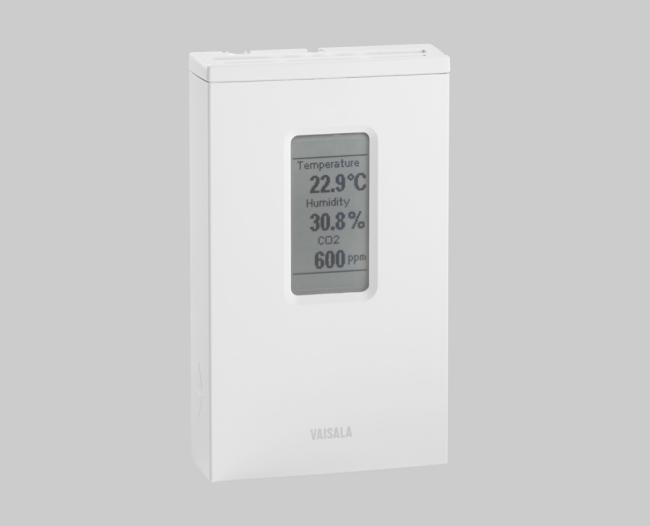
CO2, Temperature and Humidity Transmitter Series GMW90
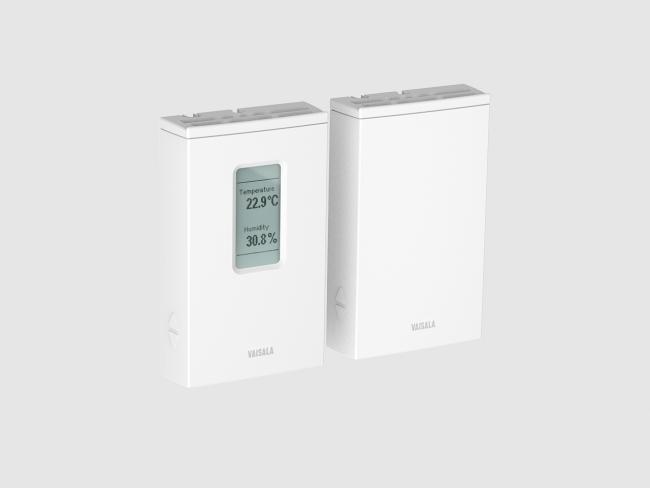
Humidity and Temperature Transmitter Series HMW90
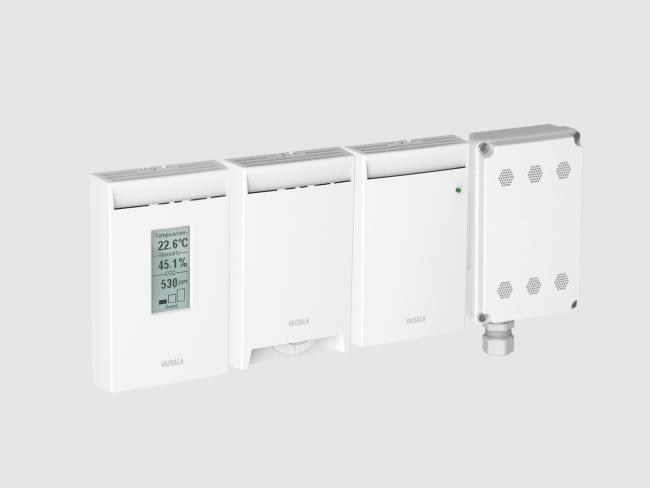
CO2, Humidity and Temperature Transmitter Series GMW80
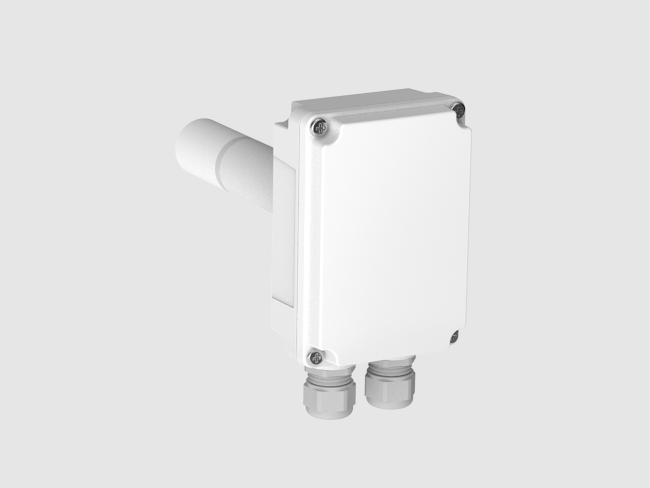
CO2 transmitter GMD110
Watch HVAC related webinars
Most popular HVAC blogs and articles
Stay in the loop
Get the news to your inbox by subscribing our HVAC newsletter


